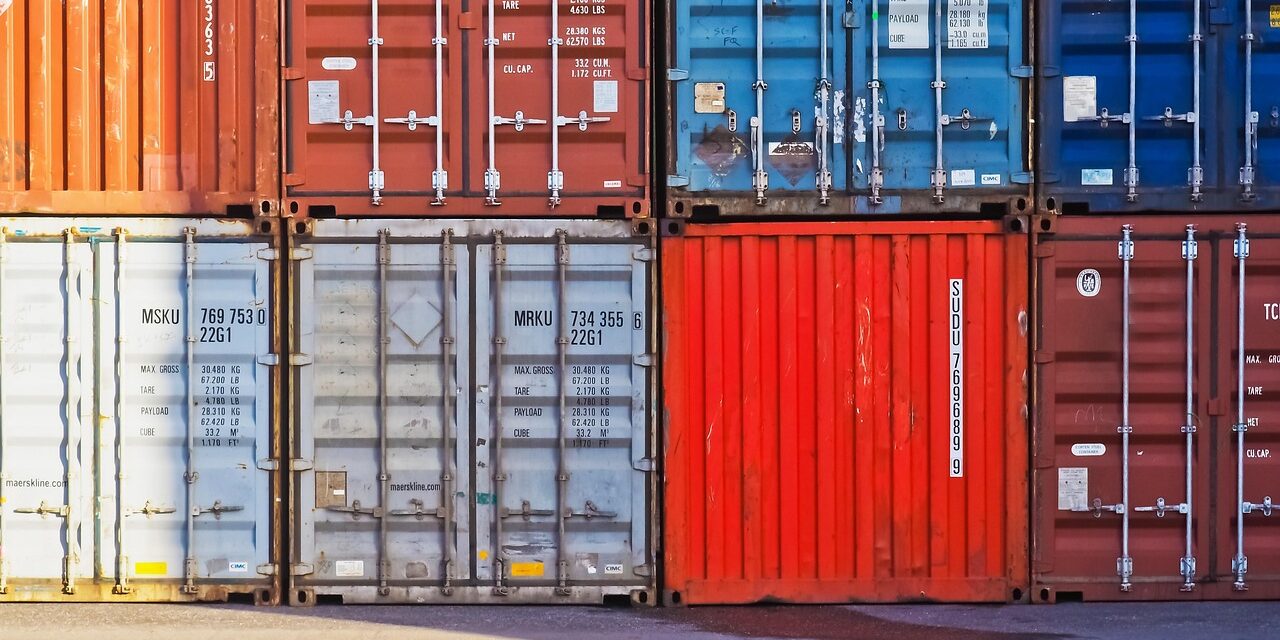The invention of container shipment has fundamentally transformed the landscape of global trade and logistics, presenting an innovative solution to the inefficiencies of cargo transport. This revolutionary method is not only a symbol of modern maritime infrastructure, but it also reflects the economic trends and advancements of the 20th century that have paved the way for globalization as we know it today. This essay delves into the historical context, key figures, and the numerical impact of containerization on international trade.
The roots of container shipment can be traced back to the mid-20th century, with Malcolm McLean, an American transportation entrepreneur, recognized as the father of container shipping. Prior to his innovations, cargo was typically loaded and unloaded at docks by longshoremen, a labor-intensive and time-consuming process characterized by significant inefficiencies. Cargo was often transferred multiple times, leading to increased costs and the potential for damage. In 1956, McLean sought to streamline this process by utilizing intermodal containers—standardized steel boxes that could be easily transferred between ships, trucks, and trains.
McLean’s foresight materialized when he launched the first purpose-built container ship, the *Ideal-X*, which made its maiden voyage from Newark to Houston, carrying 58 containers. This marked a pivotal moment in shipping history, demonstrating the practicality and efficiency of shipping cargo in standardized containers. The introduction of these containers not only facilitated faster loading and unloading times but also significantly reduced labor costs. Traditional methods of loading would take up to a week per ship; in stark contrast, containerized ships could be loaded or unloaded in a matter of hours.
Following McLean’s groundbreaking efforts, the International Organization for Standardization (ISO) standardized container dimensions in 1968, which further propelled the adoption of container shipping. The most common container sizes became 20-foot and 40-foot options, facilitating ease of transport across various modes of transport. The standardization reduced logistical complexities and ensured compatibility across shipping lines, contributing to the rapid proliferation of container use.
This shift to container shipping led to exponential growth in global trade. According to the World Bank, global merchandise trade volume has expanded more than 20 times since the 1960s, with containerized cargo comprises an astonishing 90% of the world’s trade. By the year 2020, an estimated 800 million TEUs (Twenty-Foot Equivalent Units) were handled through ports across the globe. This figure is a testament to the overwhelming reliance on containerization for international trade and logistics.
Furthermore, the efficiency gains provided by container shipment have had profound economic implications. By reducing shipping costs, containerization enabled developing nations to integrate into the global economy. For instance, countries like China, which initially had limited access to international markets, experienced unprecedented economic growth in the latter half of the 20th century, largely due to trade facilitated by containerization. The World Trade Organization reported that China became the world’s leading exporter by 2009, primarily as a result of efficient shipping practices.
Additionally, container shipping has contributed to the establishment of global supply chains, allowing companies to source materials from different parts of the world at competitive costs. This logistical advancement has driven the rise of multinational corporations that operate on a scale unprecedented in history. For example, the automotive industry relies heavily on container transport to source parts from various countries and assemble them in manufacturing plants around the globe—an intricate web of international supply that would have been nearly impossible without container shipping.
Nonetheless, container shipping is not without its challenges. The COVID-19 pandemic disrupted global supply chains, revealing the vulnerabilities in the container transport system. Port congestion and delays raised questions about the sustainability and future of the model. Yet, the inherent advantages of containerization, including reduced transit times and lowered costs, continue to make it a cornerstone of modern trade.
In conclusion, the invention of container shipment stands as a watershed moment in the history of global logistics. As we reflect on this pivotal development, it is crucial to appreciate the insights of pioneers like Malcolm McLean and recognize the lasting impact containerization has had on international trade practices. The phenomenon has not only reduced the cost and time associated with the transport of goods but has also facilitated the interconnectedness of the global economy, enabling nations to engage in trade with unprecedented levels of efficiency. As the world continues to evolve, the legacy of container shipping will undoubtedly shape future advancements in the logistics sector.

